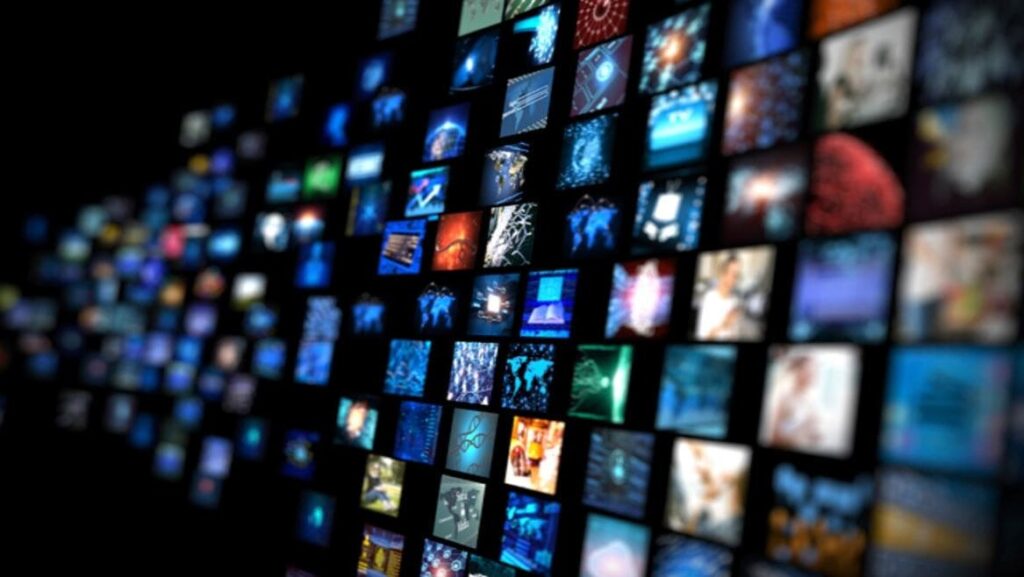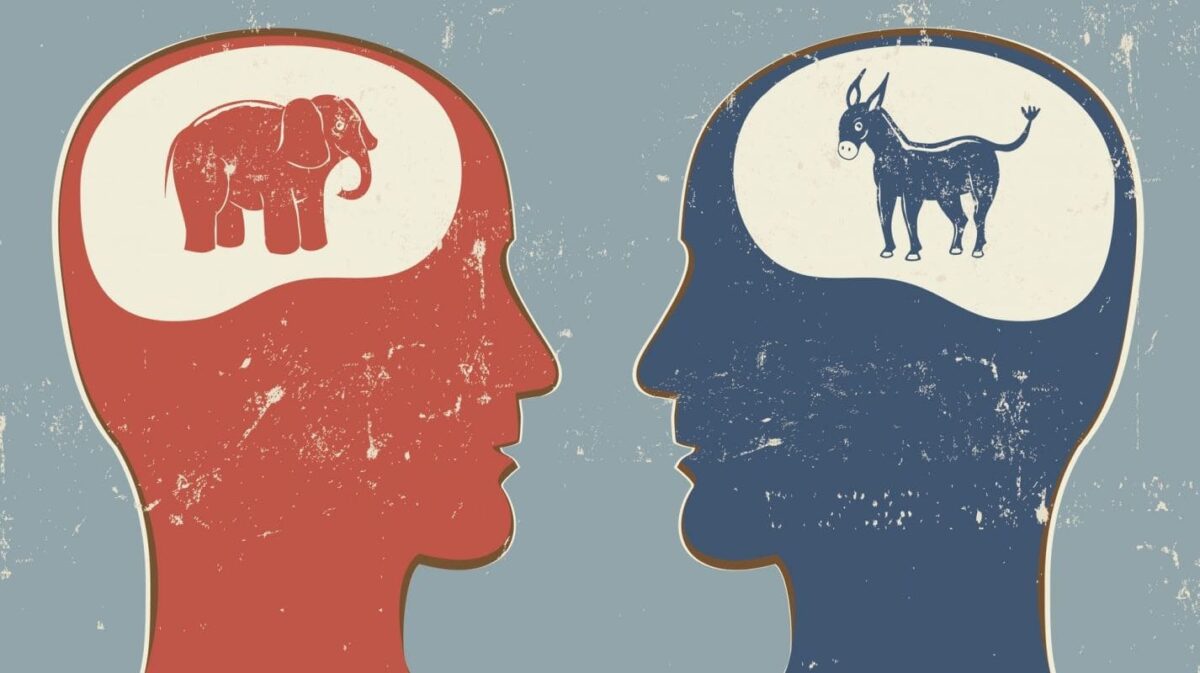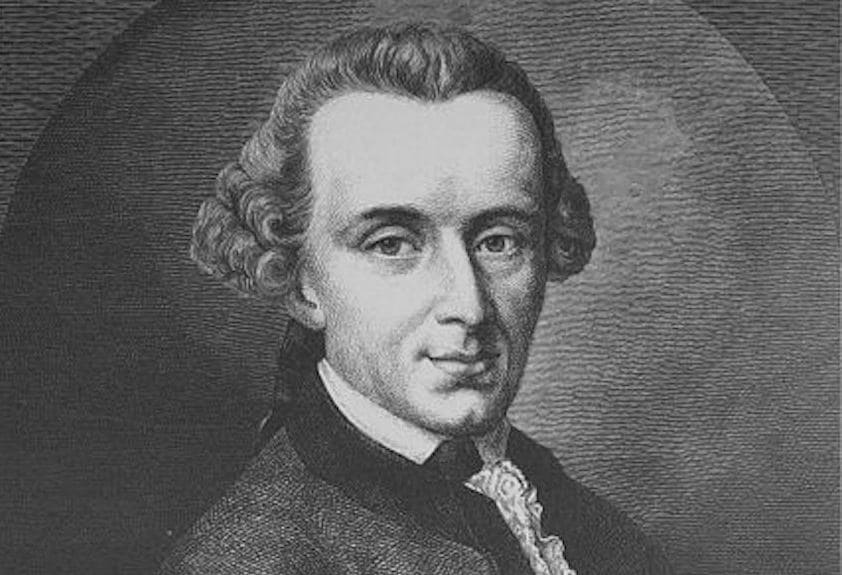Introduction
Media bias is a systemic, often intentional flaw in news reporting that can impact public opinion. On the other hand, critical thinking is using logical, doubtful, and unbiased evaluation of accessible information, proof, findings, and arguments to reach a judgment. Critical thinking is essential in dealing with mainstream news media bias because it facilitates fact-checking and intellectual humility and enables individuals to cope with fake news.
Fact-Checking
Critical thinking is an essential tool in dealing with media bias in the mainstream media because it facilitates fact-checking by allowing an individual to analyze the validity of an argument. Critical thinking encompasses many abilities, including logical reasoning, argument analysis, coping with likelihood and uncertainty, and making decisions. Critical thinking, as a type of information literacy, enables critical engagement with online content, such as searching for evidence to back up assertions and assessing the plausibility of arguments.1 The capacity to examine arguments as a form of critical thinking is crucial because it allows an individual to judge the reliability of online news material. As a result, the individual can distinguish biased information from unbiased information. Hence, critical thinking enhances the elimination of bias by enabling people to evaluate the validity of an argument presented in news material.
1. Paul Machete and Marita Turpin, “The Use of Critical Thinking to Identify Fake News: A Systematic Literature Review,” Responsible Design, Implementation, and Use of Information and Communication Technology: 19th IFIP WG 6.11 Conference on e-Business, e-Services, and e-Society, (2020): 235. https://doi.org/10.1007/978-3-030-45002-1_20.

Intellectual Humility
Critical thinking is vital in eliminating media bias in the mainstream press because it enhances intellectual humility by enabling individuals to recognize bias in their news content. Techniques like identifying examples of null hypothesis in news reports help structure unbiased evaluations. One of the most crucial elements of critical thinking is acknowledging one’s bias. Messages in the media created or distributed by those unaware of their prejudices produce maliciously twisted information. Exploring one’s prejudices allows one to struggle with the possibility of multiple truths and understand that there is a vast spectrum of possibilities between not trusting anyone and mindlessly trusting a few well-chosen experts.2 As a result, the intellectual humility of recognizing one’s bias encourages open-mindedness toward various perspectives. In addition, intellectual humility enables an individual to be aware of their own potential bias in creating and distributing news content, making them eliminate bias in the news they produce. Therefore, critical thinking is essential in removing bias in one’s news content by enabling an individual to explore the possibility of their own bias.
2. Elizaveta Friesem, “Hidden Biases and Fake News: Finding A Balance Between Critical Thinking and Cynicism,” Social Education 82, no. 4 (2018): 231. https://www.socialstudies.org/system/files/publications/articles/se_8204228.pdf.
Coping With Fake News
Critical thinking is a crucial aspect of dealing with media bias because it provides an individual with the necessary mechanism for coping with fake news and preventing the occurrence of undesired outcomes. Examining the effects of fake news and the outcomes it seeks to achieve in society is essential. Critical thinking can be beneficial because it encourages people to build the resilience required to cope with undesired outcomes, such as diversion of attention and disinformation.3 As a result, critical thinking can act as a deterrent to the undesirable outcomes associated with bias. Thus, critical thinking helps individuals cope with and prevent unpleasant outcomes associated with media bias.
3. Ruxandra Buluc, “Critical Thinking in the Fight Against Fake News,” Arhipelag XXI Press, (2018): 63, https://ibn.idsi.md/sites/default/files/imag_file/GIDNI-05-Comm.pdf#page=60.
Conclusion
Critical thinking is crucial in fighting media bias because it enhances fact-checking and intellectual humility and promotes coping mechanisms in people. Firstly, critical thinking eliminates media bias by enabling people to evaluate the soundness of an argument presented in news content. Secondly, critical thinking eradicates media bias in one’s news content by challenging the individual to explore the possibility of their own bias. Finally, critical thinking allows an individual to prevent negative outcomes of media bias from happening.
Bibliography
Buluc, Ruxandra. “Critical Thinking in The Fight Against Fake News.” Arhipelag XXI Press, (2018): 1-452. https://ibn.idsi.md/sites/default/files/imag_file/GIDNI-05-Comm.pdf#page=60.
Friesem, Elizaveta. “Hidden Biases And Fake News: Finding A Balance Between Critical Thinking and Cynicism.” Social Education 82, no. 4 (2018): 228-231. https://www.socialstudies.org/system/files/publications/articles/se_8204228.pdf.
Machete, Paul, and Turpin, Marita. “The Use of Critical Thinking to Identify Fake News: A Systematic Literature Review.” Responsible Design, Implementation, and Use of Information and Communication Technology: 19th IFIP WG 6.11 Conference on e Business, e-Services, and e-Society,(2020): 235–246. https://doi.org/10.1007/978-3-030-45002-1_20.


